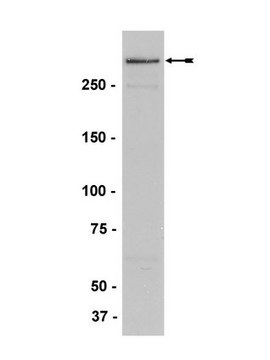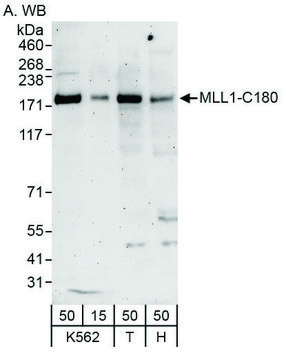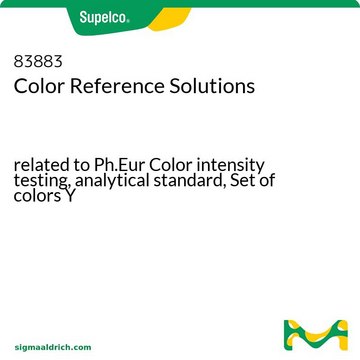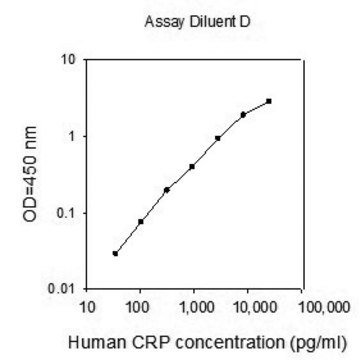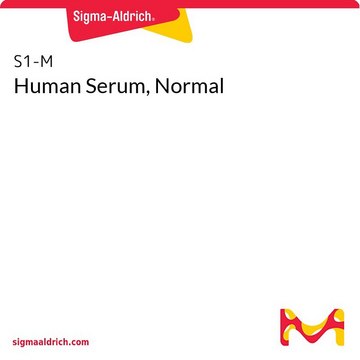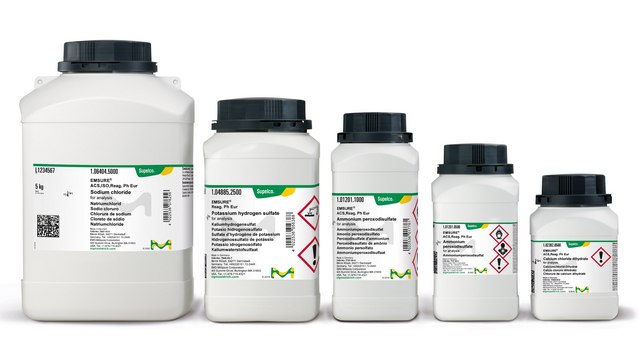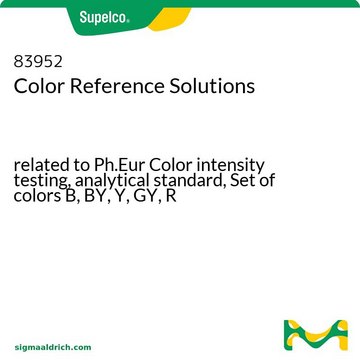05-765
Anti-MLL/HRX Antibody, CT., clone 9-12
clone 9-12, Upstate®, from mouse
Synonym(s):
Histone-lysine N-methyltransferase 2A, Lysine N-methyltransferase 2A, ALL-1, CXXC-type zinc finger protein 7, Myeloid/lymphoid or mixed-lineage leukemia, Myeloid/lymphoid or mixed-lineage leukemia protein 1, Trithorax-like protein, Zinc finger protein HR
About This Item
Recommended Products
biological source
mouse
Quality Level
antibody form
purified immunoglobulin
antibody product type
primary antibodies
clone
9-12, monoclonal
species reactivity
mouse, human
manufacturer/tradename
Upstate®
technique(s)
ChIP: suitable
immunofluorescence: suitable
immunoprecipitation (IP): suitable
western blot: suitable
isotype
IgG1
NCBI accession no.
UniProt accession no.
shipped in
wet ice
target post-translational modification
unmodified
Gene Information
human ... KMT2A(4297)
General description
Specificity
Immunogen
Application
Chromatin Immnuoprecipitation (ChIP) Analysis: A representative lot detected MLL occupancy at the Hoxa10 and Meis promoters in mouse MLL-AF10 leukemia cells (Gallo, M., et al. (2013). Cancer Res. 73(1):417-427).
Chromatin Immnuoprecipitation (ChIP) Analysis: A representative lot detected an enhanced MLL occupancy at the Ink4a locus of 8-month-old than 2-month-old bEzTG mouse islets. The same age-dependent Ink4a locus enrichment was observed with H3K4me3, while the opposite trend was seen with Ezh and H3K27me3 enrichment at the same locus (Zhou, J.X., et al. (2013). J. Clin. Invest. 123(11):4849-4858).
Chromatin Immnuoprecipitation (ChIP) Analysis: A representative lot detected MLL occupancy at the HOXA10 promoter region in G179NS and G411NS human glioblastoma neural stem cells (Gallo, M., et al. (2013). Cancer Res. 73(1):417-427).
Chromatin Immnuoprecipitation (ChIP) Analysis: A representative lot detected MLL occupancy at the DNA replication origin (RD) as well as at both exon 1b and p16INK4a/p19ARF shared exon 2 in mouse embryonic fibroblast (MEF). An increased MLL enrichment at these sites was observed in senescent and Polycomb mutant MEFs (Agherbi, H., et al. (2009). PLoS One. 4(5):e5622).
Chromatin Immnuoprecipitation (ChIP) Analysis: A representative lot detected MLL occupancy at the Hoxa9 AB region using mouse embryonic fibroblast (MEF) chromatin preparation (Erfurth, F.E., et al. (2008). Proc. Natl. Acad. Sci. U.S.A. 105(21):7517-7522).
Immnuoprecipitation Analysis: A representative lot co-immunoprecipitated JmjD3 and RbBP5, but not Dnmt3a, with MLL from Min6 mouse insulinoma cell extract (Zhou, J.X., et al. (2013). J. Clin. Invest. 123(11):4849-4858).
Western Blotting Analysis: A representative lot detected higher MLL level in cultured glioblastoma neural stem (GNS) cells than neural stem (NS) cells, as well as MLL enrichment in the CD15+ fraction of freshly resected Glioblastoma (GBM) cells (Gallo, M., et al. (2013). Cancer Res. 73(1):417-427).
Western Blotting Analysis: A representative lot detected SET domain-containing C-terminal fragment of the MLL complex enzymatic subunit MLL (C180; MLLC) in anti-FLAG immunoprecipitate from HeLaS cells stably expressing FLAG-tagged hDPY-30 (Cho, Y.W., et al. (2007). J. Biol. Chem. 282(28):20395-20406).
Epigenetics & Nuclear Function
Histones
Quality
Western Blotting Analysis: 0.1-1 µg/mL of this antibody detected MLL C-terminal fragment (C180; MLLC) in K562 nuclear extract.
Target description
Physical form
Storage and Stability
Analysis Note
K562 nuclear extract
Other Notes
Legal Information
Disclaimer
Not finding the right product?
Try our Product Selector Tool.
Storage Class Code
10 - Combustible liquids
WGK
WGK 1
Certificates of Analysis (COA)
Search for Certificates of Analysis (COA) by entering the products Lot/Batch Number. Lot and Batch Numbers can be found on a product’s label following the words ‘Lot’ or ‘Batch’.
Already Own This Product?
Find documentation for the products that you have recently purchased in the Document Library.
Our team of scientists has experience in all areas of research including Life Science, Material Science, Chemical Synthesis, Chromatography, Analytical and many others.
Contact Technical Service